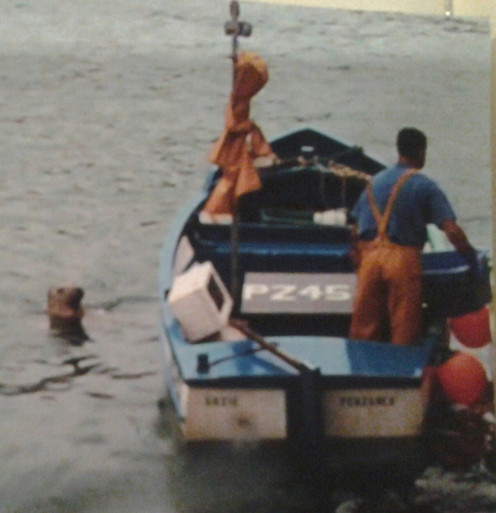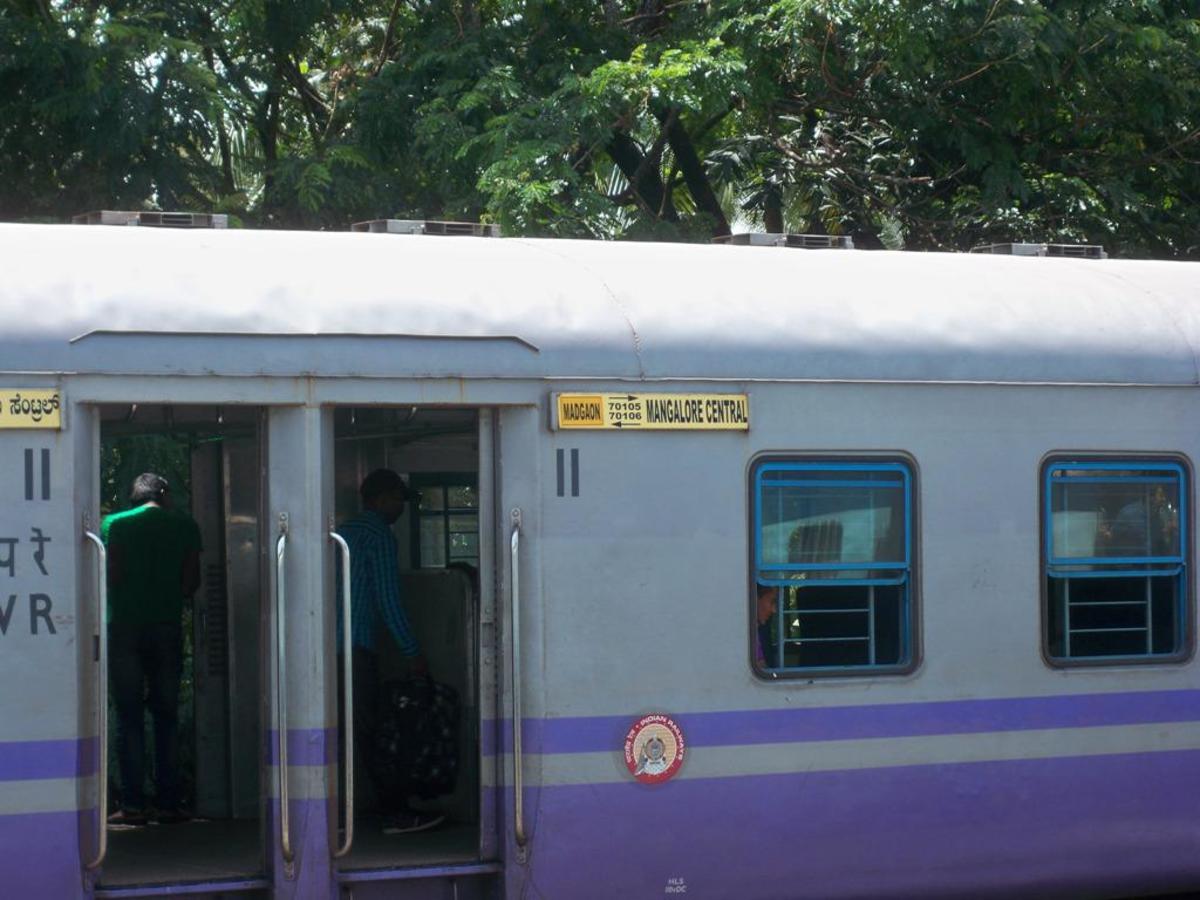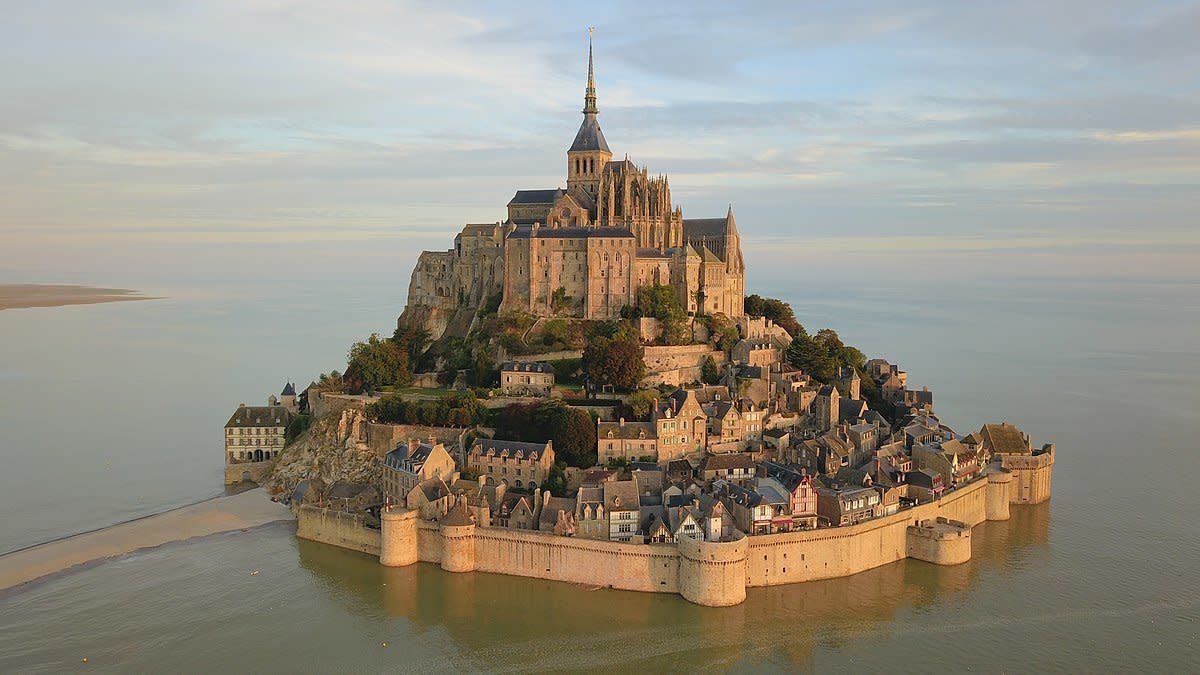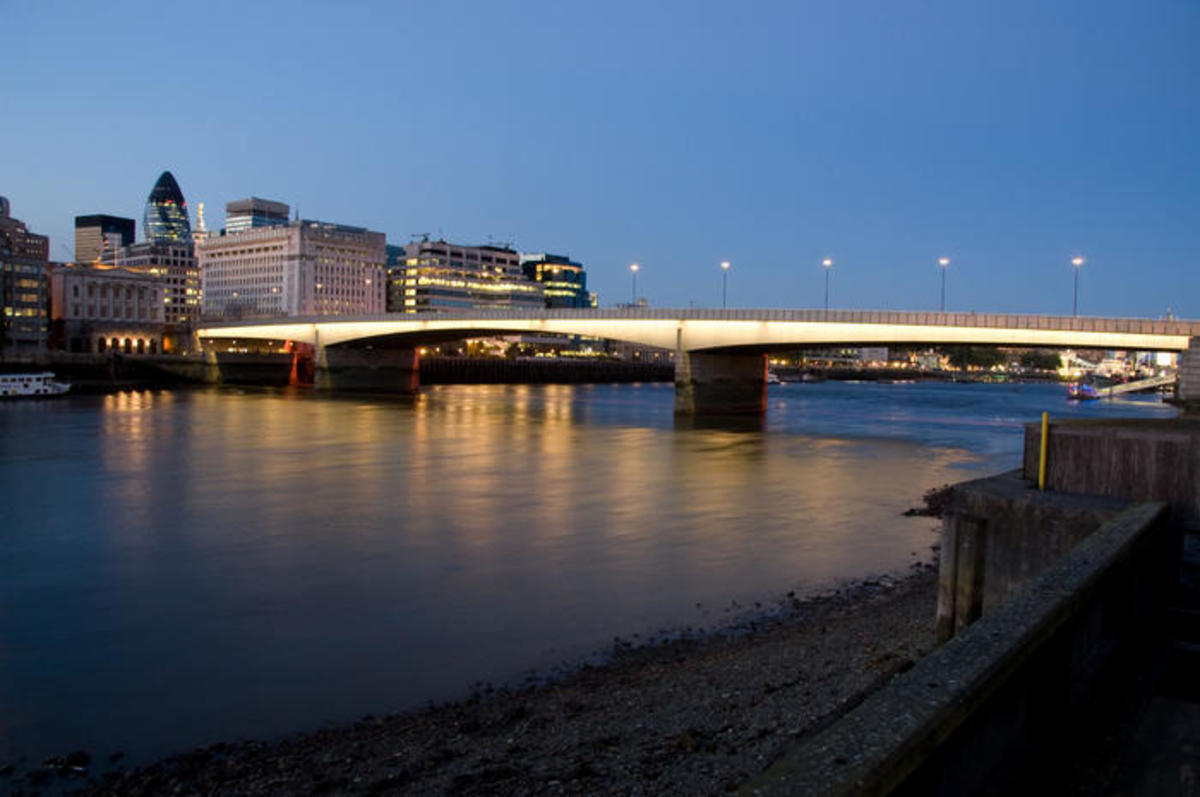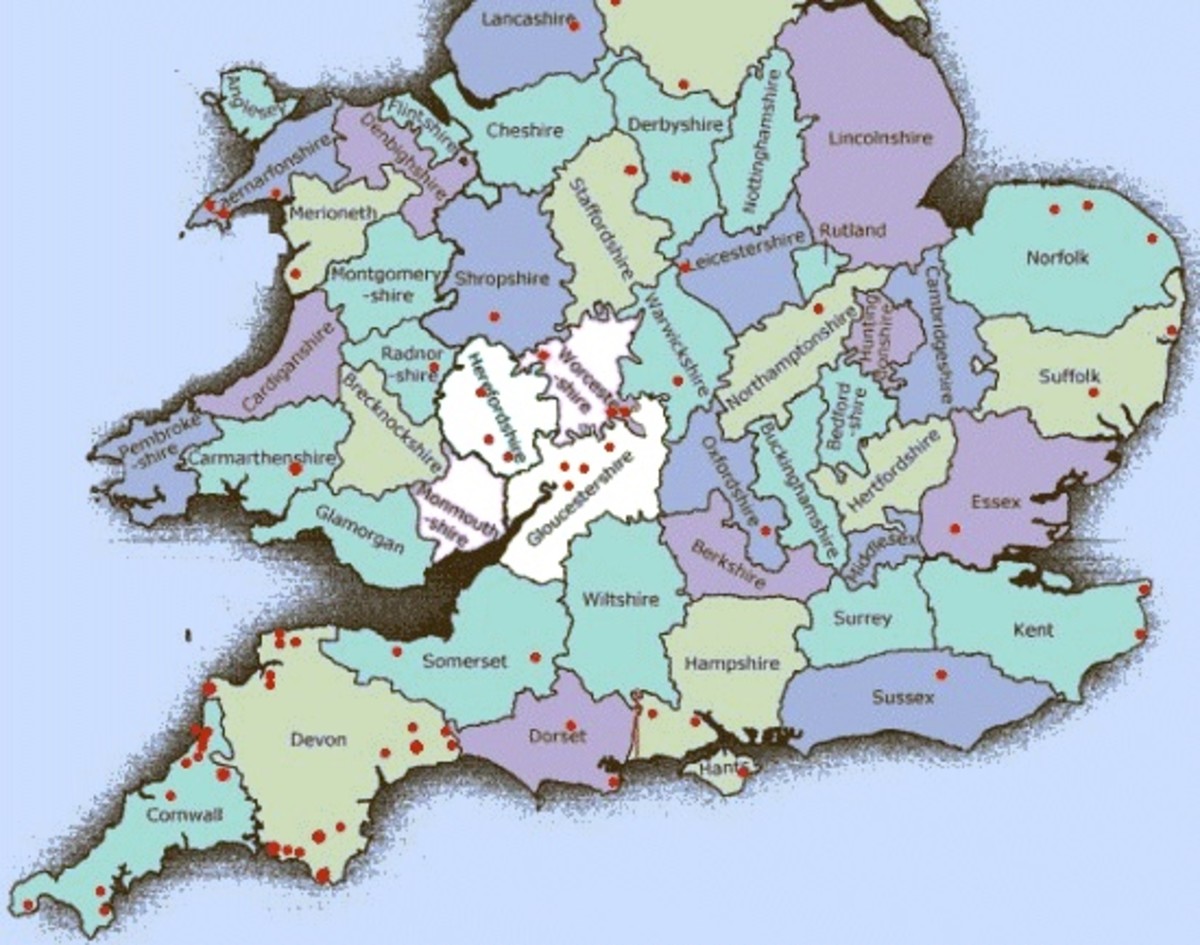- HubPages»
- Travel and Places»
- Visiting Europe»
- United Kingdom
An English Train Journey
The Hayle Estuary Near St Ives
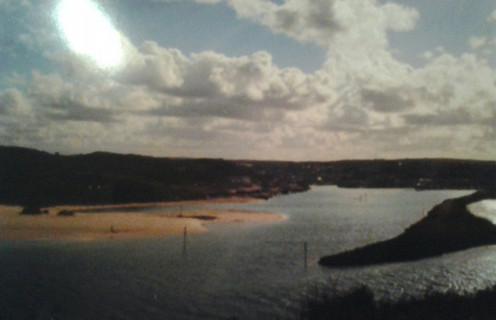
A Railway Adventure
A while ago we went on a trip to St Ives. In common with many English people, we have both been making this trip since we were children but this time we decided that, as car drivers, we had missed out on the train travel experience for too long. Following the original route of the Victorian Great Western Railway, the line that Brunel built was an experience we had neglected for too long. The coastal section clinging to the edge of the cliff and buffeted by waves had been particularly recommended as a must-see. In addition the very narrow roads in St Ives were less than ideal for cars and there were major roadworks.
So swept up on unaccustomed wave of enthusiasm for public transport we bought our tickets and prepared for our holiday to start at our local train station rather than at the end of a four hour road trip.
A Typical Station in a Small Market Town
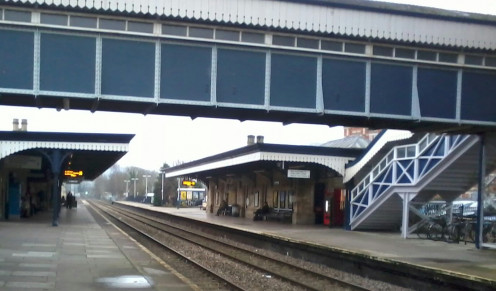
The 1847 Sea Wall
On reaching Devon in the far west we were travelling along the extension to the Great Western Railway that Brunel built in 1843.
This was a particularly challenging section and Brunel overcame the obstacles posed by the landscape by building five tunnels through the cliffs and four miles of sea wall.
In total the line follows the water down the river Exe and along the coast for thirteen miles.
Building inevitably over-ran and the line eventually opened in 1847.
The Atmospheric Propulsion System
Brunel originally used a method of propulsion called the atmospheric system to operate trains along the South Devon Sea Wall.
In this pre-steam method a pipe with leather flaps was positioned along the middle of the track. A steam powered exhaust was connected to the track which expelled air. Pistons attached to the trains fitted into the pipe and alternating air pressure moved the train by ‘suction’.
However this was difficult and expensive to maintain and steam locomotives took over after just a year.
Life on an English Train
Life on an English Train
The trip down was very promising, sitting back with coffee and the sunday papers rather than bombing down the motorway, especially when we could see the traffic trapped in the roadworks from our vantage point riding the rails.
As time went on I became very interested in the concept of first and second class coaches that the train company tied itself up with and the imaginary this brought to mind. I could imagine the fashionable Victorian elite in Brunel’s time out for the day to see and be seen safe in the superior carriages while the servants bumped along on the wooden benches in third class.
On our train the first class accommodation had a trolley service which was unfortunately out of action. The train manager kept making desperately apologetic announcements to the effect that first class passengers could have anything they wanted from the buffet car for free. They also had their own coffee maker and higher quality paper cups. It was all fascinatingly hierarchical and reminiscent of a time when the British social classes knew their place.
Heading purposefully towards holiday spots, it had a different array of characters to the standard commuter train. Executives and their laptops were replaced by outdoorsy folk stowing bicycles and teenagers setting up entertainment apparatus to while away the journey. Watching the ebb and flow of passengers boarding, settling, unpacking snacks and then gathering their belongings and heading off, it was easy to imagine how Agatha Christie set a whole novel on a train. The elderly ladies travelling alone were particularly diverting. The more practised could get virtually the whole carriage involved in stowing their luggage and helping them find a seat.
The South Devon Railway Sea Wall
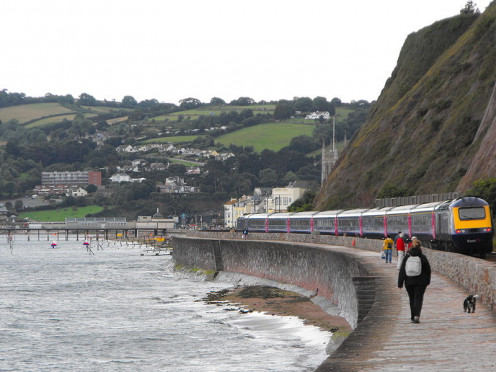
The South West 'Foot' Of England
Places To Stay Heading West
Towns & Cities
| Small & Picturesque
|
|---|---|
Bristol
| Dawlish Warren
|
Exeter
| Teignmouth
|
Plymouth
| St Budeaux
|
Truro
| Liskeard
|
The Royal Albert Bridge
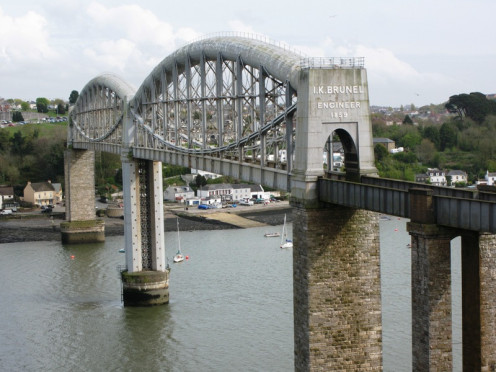
St Ives, Cornwall
For those who don’t know the West of England, St Ives is a charismatically picturesque town clinging to the rocky tip of Cornwall.
Called Porth La in the original Cornish, it received it’s Royal Charter in 1639. It’s full of amazing views, windy lanes with names like ‘Teetotal St’ and fishing boats bobbing in the harbour.
The particular quality of the light means it has had an established artists’ colony for over a hundred years and is always well worth a visit.
Home to The Tate Gallery St Ives and The Barbara Hepworth Museum and Sculpture Garden it's an import stop-over for art lovers.
Highlights of the Great Western Line
The coastal section through Devon certainly showcases the boldly creative problem-solving skills of the Victorian Great Western Railway at its best and indeed the west of England is dotted with the engineering achievements of Isambard Kingdom Brunel. On route we passed through the 2,950 metre Box Tunnel, Temple Meads 1840 terminus, saw Clifton Suspension Bridge in the distance and finally traversed the majestic Royal Albert Bridge over the Tamar into Cornwall. Appointed as Chief Engineer to the Railway in 1833, he also found time to build the SS Great Britain, which was the world's first iron-hulled, screw propeller-driven, steam-powered passenger liner. This is restored and has pride of place on Bristol Harbourside but that would have to wait for another trip.
St Ives Harbour
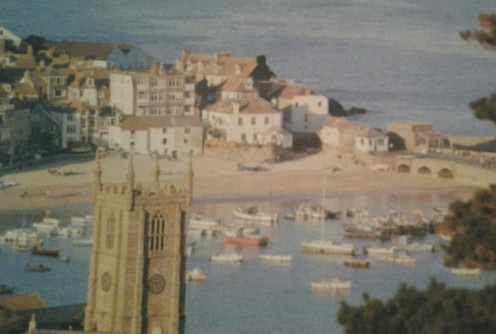
The Journey Home
The trip back was, quite frankly, less idyllic. It was very crowded as some coaches had been removed resulting in a five hour trip with not enough seats for everyone. We had to change trains twice as there were no through trains on weekdays and we were delayed with braking problems near Exeter causing us to miss our connection. We eventually found ourselves on a train operated by a different company. The inspector murmured something about our tickets not being valid but I was so annoyed by this time he thought better of pursuing this.
Notwithstanding the humdrum pitfalls of public transport, this line is definitely in the top ten man-made attractions in the West of England and a feat of engineering easily missed by us car drivers.
Seals Around The South West Coast
